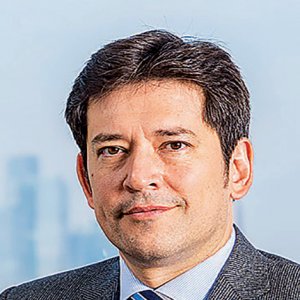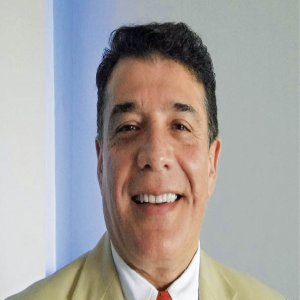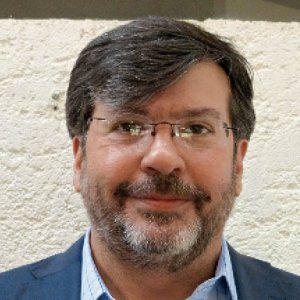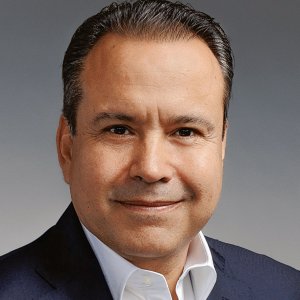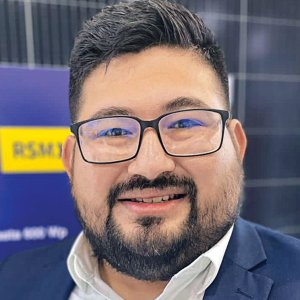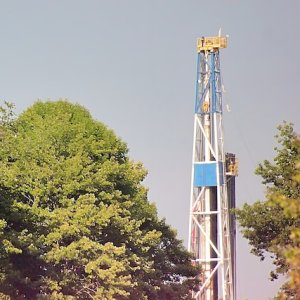Technological Research Arm for Electricity Industry

The Institute of Electric Research (IIE) was founded 40 years ago with the specific aim of supporting CFE, although it has also helped PEMEX with electricity-related matters so that this entity can operate in the most productive way by integrating technologies and suppliers it is not familiar with. Since its creation in 1975, IIE has worked in every energy source, including maritime, through a theoretical approach. The research groups have faced challenges when certain sources have been discarded due to a lack of interest from CFE in their development. However, all energy sources have managed to survive. Wind energy is probably the strongest energy source in Mexico today, and IIE was awarded oversight of the National Center for Innovation in Wind Energy.
IIE was originally a department within CFE, a situation that has changed over time because private companies that have their own technologies have increased their market participation in the past 15 years. However, a technological intermediate has been necessary in this process in order to interpret the technologies and prepare specialized personnel. Due to this gradual change, the Institute is currently in an advantageous position because it has developed close ties with private companies and can collaborate with these players and CFE.
IIE’s efforts to support CFE always begin with the drafting of a business plan that considers how much CFE invests in the Institute and how much it will save when implementing its suggestions. Therefore, CFE accompanies IIE throughout the whole process of developing a technology until it is operational and fully implemented. Over 80% of IIE’s budget comes from sales, as there are basically no subsidies. Luis Fernández, Executive Director of IIE, proudly states that the Institute has inflated its presence among private clients. “Through our work with the private sector, CFE witnesses the competitive advantages we provide, and feels inclined to buy more from the Institute,” he explains.
Fernández states that IIE is deeply involved with CENACE in developing software tools to model possible market scenarios so that market rules can be drafted and a spot market created. He highlights the importance of examining the market’s past responses when looking at market simulation models, as this helps to predict future scenarios. In addition, he believes the Institute will play an important role in making the grid more efficient and flexible, promoting the development of local markets and decentralized systems that will allow competitiveness across the entire chain. For Fernández, smart grid technologies are now indispensable because measuring the offer and demand are crucial steps in developing a market. Thus, he cannot visualize a market that does not use smart metering systems. “The possibilities with intelligent technologies are incredibly vast, such as the creation of new types of secondary markets,” he describes.
Smart technologies yield returns in the medium term, and can help CFE become more efficient by reducing technical losses and energy theft in the high-voltage segment, according to Fernández. He points out that there is a tendency in the federal government to assume social costs outside CFE’s reach, which might result in the involvement of the Ministry of Social Development. “If the issue of losses were delegated to the State-owned companies, things would not change. On the other hand, there have been many instances of success in Mexico where security is tendered and awarded to private companies, like in the case of bank security.”
The Institute conducts research on autonomous systems that can be implemented in the most remote places. Fernández explains that although the national grid covers 98% of the population, the remaining 2% amounts to millions of people. He reminds that CFE cannot supply remote communities because it is a costly task, and this goes against the utility’s integral mandate. In addition, he believes decentralized systems are a better idea than expanding the grid and could create business opportunities for local companies in remote locations. However, financing schemes must be developed so that companies can supply this market in a competitive way. “Financial markets are become adverse to risk, favoring large, longterm investments. This is a shortcoming in developing a market where there is significant local participation and more distributed generation,” Fernández laments.
One of IIE’s decentralized developments for rural communities consists of a hybrid wind-photovoltaic system with a backup diesel engine. “Our experience with these systems has taught us to be meticulous when modeling the market for such a hybrid system and demand scenarios,” says Fernández, adding that it is equally important to carry out a technical pilot and conduct social research to understand the end users’ needs.
